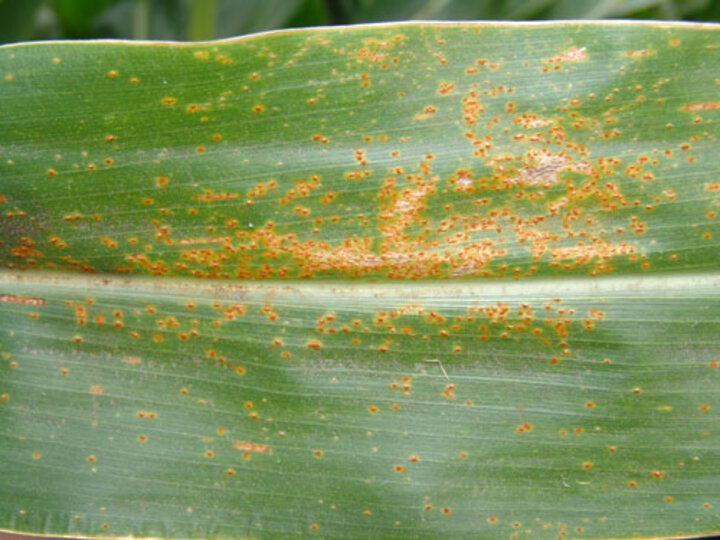

Figure 2. Common rust is also developing across Nebraska and can be confused with southern rust.
July 25, 2014
Southern corn rust (Figure 1) has been confirmed in a sample from Otoe County in southeast Nebraska by a diagnostic laboratory at DuPont Pioneer.
At this time, this is the only confirmation of southern rust in Nebraska. Southern rust is widespread across many counties in the southern US, creating an abundance of spores that could move north to our area and cause more disease. Warm temperatures, high humidity, and winds from the south may promote development and spread of the disease.
Having a history of southern rust in corn has no impact on disease development this year because this pathogen does NOT overwinter in infected residue. Spores are windborne and must be carried into the area from southern or western disease areas.
If the disease continues to spread and worsen in Nebraska, those fields planted later are at highest risk for disease and potential yield reductions. We recommend scouting fields, especially those at higher risk, now. High risk fields include those planted (and replanted) later in southern Nebraska counties.
We will be monitoring the development of southern rust in Nebraska and reporting it by county on the IPM PIPE Southern Corn Rust monitoring website.
NOTE: Not all states participate in updating the maps on this website. Thus, the maps on the website may not be up-to-date, and so they should not be strictly relied upon for disease confirmation and incidence. Refer to the reports from local university plant pathologists, diagnostic laboratories and county Extension offices for the most recent information regarding southern rust distribution.
Is it Southern or Common Rust?
The characteristics used to differentiate between common rust and southern rust are described and illustrated in the NebGuide, Rust Diseases of Corn in Nebraska (G1680). The simplest and most reliable way to differentiate the diseases without a microscope is to examine both leaf surfaces for spore production. Southern rust spore production is usually limited to the upper leaf surface and tends to be tan/orange in color.
The most reliable method for identifying corn rust diseases is examination of the microscopic spore characteristics. Samples can be submitted to the UNL Plant and Pest Diagnostic Clinic for diagnosis.
Common Rust
Common rust has been developing across Nebraska for several weeks (Figure 2). Common rust spores are usually brick-red to brown, however, the color difference is not a reliable method for identification when both are not available for comparison. With both diseases the spore type can change and turns black later in the season. Common rust spores can be produced abundantly on both upper and lower leaf surfaces.
Common rust is usually not a substantial threat to plant health and corn yield, as many contemporary hybrids have a natural level of resistance that slows spread of the disease. Prolonged periods of cooler weather have exacerbated common rust this year. Pustules have been more common in the lower canopy and sometimes mimicked immature gray leaf spot lesions.
Fungicides
Timely fungicide applications can be very effective in controlling rust diseases in corn. Systemic fungicides can provide protection from disease spread for about 21 days, so application timing is critical to making the best use of the protective and curative properties of the products relative to your stage of corn and disease severity.
Applications made several weeks ago likely will no longer provide protection from fungal foliar diseases. A list of foliar fungicides labeled for use on corn in Nebraska and their characteristics are summarized in the 2014 Guide for Weed Management with Insecticides and Fungicides.
Results from foliar fungicide trials conducted in Nebraska are available in the Plant Disease section of Crop Watch. These results were gathered from corn fungicide trials with natural infections of gray leaf spot and sometimes southern rust. Foliar fungicide trials are conducted by University Extension plant pathologists across the country. The results of these field trials are summarized together for distribution by the regional Corn Disease Working Group in an effort led by Dr. Kiersten Wise, Purdue University. The table, Fungicide Efficacy for Control of Corn Diseases, summarizes the fungicide product efficacy on some common fungal diseases of corn, including southern rust, based on testing conducted in several states, and often across multiple years. Read and follow all label restrictions on the most recent version of the product's label as changes have been made for pre-harvest intervals and other use parameters.
More Information
- Southern Rust in the CW Corn Disease Management Section
Tamra Jackson-Ziems
Extension Plant Pathologist
